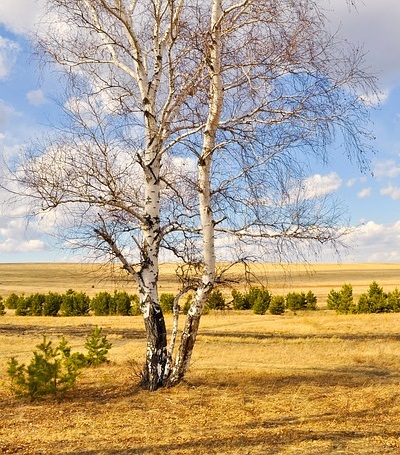Reinvigorating the Wetlands can Permanently Remove Carbon Dioxide
 Researchers at Georgia Institute of Technology have been suggesting the restoration of coastal ecosystems as a way to permanently capture carbon dioxide. According to the researchers, restoring the seagrass and mangroves growing and thriving in wetlands that play hosts to coastal ecosystems, can remove carbon dioxide from the atmosphere as results of a natural process known as photosynthesis.
Researchers at Georgia Institute of Technology have been suggesting the restoration of coastal ecosystems as a way to permanently capture carbon dioxide. According to the researchers, restoring the seagrass and mangroves growing and thriving in wetlands that play hosts to coastal ecosystems, can remove carbon dioxide from the atmosphere as results of a natural process known as photosynthesis.
Photosynthesis is the biological process by which plants produce energy and sugar using water, sunlight and carbon dioxide as main ingredients. Once the photosynthesis process is complete, the captured carbon dioxide will be used by mangroves and seagrasses to form new plant tissues or biomass.
 The researchers‘ suggestion is to plant more seagrasses and mangroves in light of their capability to capture large amounts of atmospheric carbon the whole day long, owing to their location, sandwiched between land and sea in coastal areas. That is why there are laws protecting wetlands against exploitation, especially if it involves the removal of mangroves.
The researchers‘ suggestion is to plant more seagrasses and mangroves in light of their capability to capture large amounts of atmospheric carbon the whole day long, owing to their location, sandwiched between land and sea in coastal areas. That is why there are laws protecting wetlands against exploitation, especially if it involves the removal of mangroves.
GIT Professor Explains How Their Suggestion Works
Associate Professor at GIT’s School of Earth and Atmospheric Sciences, Chris Reinhard, explained that
“The basic idea is to
shift the drive to converting the ocean’s acid-base into organic carbon”
Reinhard said the process can help partially diminish the resulting imbalance caused by the excessive acidification of the ocean water.
 Here’s what happens: part of the biomass produced by mangroves and seagrasses during the photosynthesis process gets buried in sea sediments. This denotes that if the wetland’s ecosystem continue to permanently bury the biomass, then atmospheric carbon dioxide can be permanently and regularly kept buried in the wetlands.
Here’s what happens: part of the biomass produced by mangroves and seagrasses during the photosynthesis process gets buried in sea sediments. This denotes that if the wetland’s ecosystem continue to permanently bury the biomass, then atmospheric carbon dioxide can be permanently and regularly kept buried in the wetlands.
